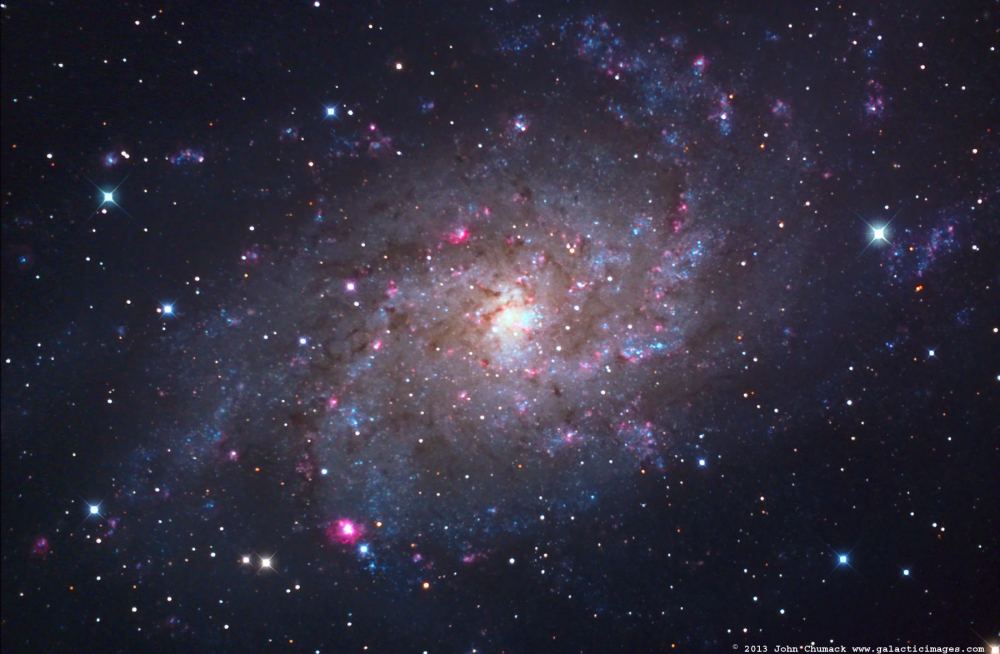One of the surprise findings with the James Webb Space Telescope is the discovery of massive galaxies in the early Universe. The expectations were that only young, small, baby galaxies would exist within the first billion years after the Big Bang. But some of the newly found galaxies appear to be as large and as mature as galaxies that we see today.
Three more of these “monster” galaxies have now been found, and they have a similar mass to our own Milky Way. These galaxies are forming stars nearly twice as efficiently as galaxies that were formed later on in the Universe. Although they’re still within standard theories of cosmology, researchers say they demonstrate how much needs to be learned about the early Universe.
Continue reading “Three More “Galactic Monster” Ultra-Massive Galaxies Found”









